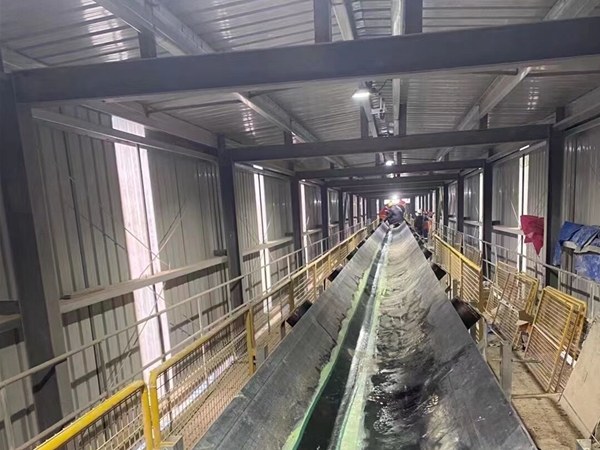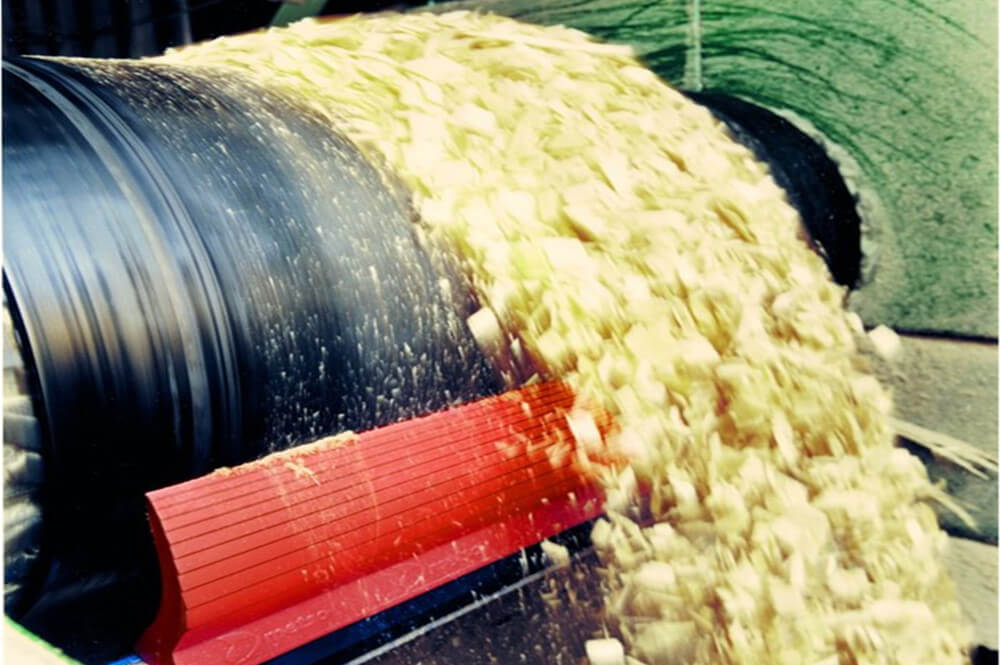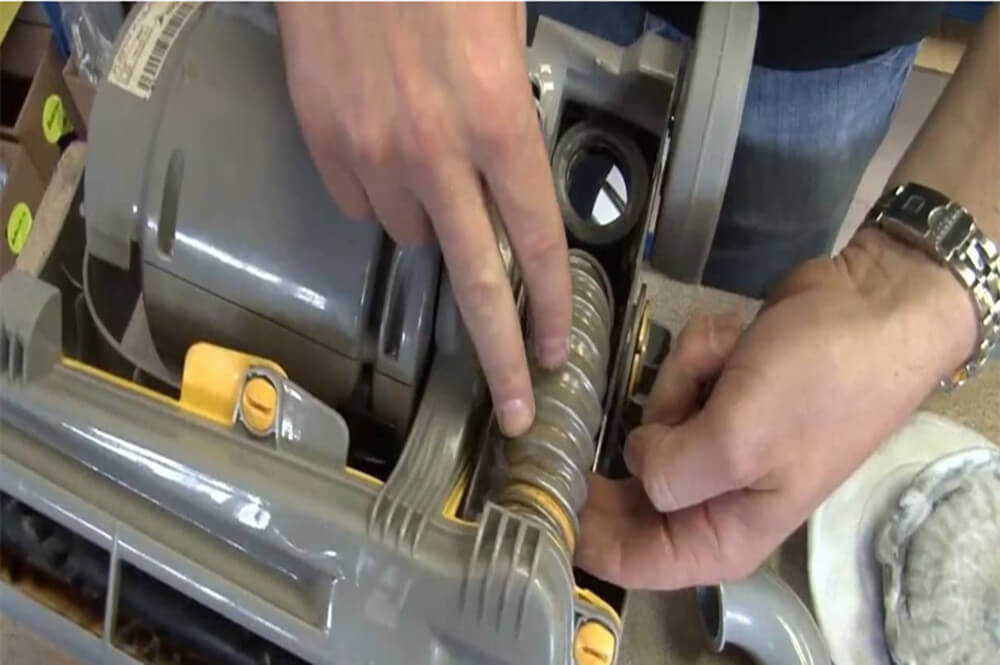Maintenance personnel and management personnel need to reach an agreement, because they have to consider various factors that affect the time and necessity of conveyor belt maintenance.
The company must develop and communicate a repair and replacement policy. These policies should not be too rigid, such as:
- Frequently repair damaged or worn belts
- Discard damaged or worn belts
- Regardless of the condition of the belt, the belt must be replaced when the belt rotates for X years
The problem term in the above example is “always”, which may cause unnecessary waste. Here are 5 common things you need to consider before your conveyor belt repairing.
1. How severe is the damage?
Minor tears may not cause the risk of overflow, blockage or enlargement, and can be repaired during scheduled downtime. Frayed edges or coverage scratches may exist, but they are not dangerous. This problem can also be fixed during scheduled downtime.
Tearing will result in a loss of strength. Usually, the tensile force borne by the damaged area is transferred to the adjacent belt section. If the width of the crack is large enough, the overstress balance of the belt is likely to fail.
A common rule of thumb is-if the belt width does not exceed 25%, repair is possible; when more than 25% of the width is damaged, it is best to completely re-splice or insert the saddle.
2. Is replacement a better option?
An important factor in determining maintenance is the size of the belt.
Replacement refers to spare belts that are available immediately or in the near future. The time to replace a small belt is usually shorter than the time for an overhaul. In this case, it is recommended to replace it.
If there is no spare belt, you must consider the time factor of fixing a belt and the estimated repair time (assuming that the existing belt can be repaired).
Belt replacement will be necessary as there are major areas of tears and tears. Another factor to consider is whether the belt is a good candidate for off-belt maintenance.
Will continuing to use belts to provide more production reduce their repairability?
3. Is temporary repair an option?
Temporary or temporary belt repairs have time and place-many people have successfully maintained at least part of the material flow until other arrangements can be made.
On the other hand, poorly considered repairs are just a waste of precious time. The most important questions when considering temporary belt repairs are:
Can the tensile strength of the belt be fully restored or bridged at the damaged point to withstand the driving and tensioning force?
If the nature of the damage does not allow this and there is a certain guarantee of success, the belt should be completely re-spliced or a repaired part (saddle) spliced at the damage point.
Temporary repairs of the above type will include some form of metal fasteners or scab coverings secured with fasteners or elevator bolts.
This temporary repair is usually used in conjunction with reducing the belt feed speed to reduce the effective belt tension. The main carcass damage of a large area of the belt will greatly limit the feasibility of temporarily repairing the belt. The best remedy is to replace all or the main part of the belt.
4. If repair is desirable, what technique should be used?
In most cases, belt repair will be one of three types:
- vulcanization
- Metal fasteners
- Cold medicine
5. How much time is there?
If you cannot transfer materials or products to adjacent conveyor belts, time is of the essence.
Time factors include the need to complete production runs or work shifts, or the need to load and unload containers. In each case, the interruption of operation will bring the same problem: repair or replace the belt?
Depending on the circumstances, a major rearrangement of operations may be the only option



